What a great tour the one I recently organize in Conegliano-Valdobbiadene area where Prosecco is produced!
Maybe also thanks to the wonderful weather I found, the characteristic landscape, the towns: welcoming and refined, the visible history, not to mention the local cuisine. So I had fun: with the steering wheel of my car (for rent) in one hand and the GPS in the other, I went up and down the hills of the province of Treviso (Veneto region-north east of Italy) to try some Proseccos ..
I think it’s a wine beloved by many but not always understood by others; probably one of the reasons is that it is often mistakenly compared to the classic method sparkling wines (or, worse, to Champagne) but, instead, it is completely different with another collocation.
(As usual, I will start with some general information about communication and production and finally I’ll note some comments about the companies I visited).
- Curiosity and designation
“Conegliano Valdobbiadene Prosecco Superiore” seems to be difficult to be pronounced even by Italians themselves. Not to imagine by foreigners, says some expert of international marketing. But there is a logical behind this “name-delimitation”.
We all know the success of Prosecco and because of such a popularity, many producers, even abroad, have tried to reproduce this wine; perhaps a bit as happened with the notorious red wine of Tuscany, “Chianti” (until they delimited the historical production area of the current “Chianti Classico”).
Prosecco, in general, is one of the symbols of Italian viticulture in the world, is an icon of the aperitif and has now decided to directly compete with Champagne’s number as I wrote recently (read here). This is because it is a light and pleasant wine that often does not require too many explanations, it’is immediate.So many wanted to take advantages of this positive trend until a regulation has been established.
The Pyramid represented here on the side can give a good idea:
- at the base: Prosecco DOC, produced in 9 Italian districts located between 2 regions: Veneto and Friuli (north-east of Italy);
- Then, we find a restriction with the 2 DOCG “Asolo” and our zone of interest located in the historic area of production for Prosecco called “Prosecco Superiore” and it is-just the area between the towns of Conegliano and Valdobbiadene;
- At this point there is a further fragmentation, the denominations identified on the label with the name “Rive” which identify products from grapes coming from only one township or part of it, to enhance the characteristics that a territory gives to wine.
- Finally, the top: the cru “Cartizze” produced where viticulture is defined heroic in many cases.
For the latter two, specific restrictions are foreseen in order to offer the highest quality when consimers find “Cartizze” or “Rive of … (name of the town)” on the label.
- Territory
- We are in the hilly area of the province of Treviso where the slopes become, in some cases, very steep and difficult to work.
- there are 15 municipalities with 6,000 hectares of vineyards registered included the 100 located in the Cartizze.
- The vine is grown only in the sunniest part of the hills, at an altitude between 50 and 500 meters above sea level. The climate is mild. The temperature changes along with exposure to the southeast and balanced rainfall combine themselves to soil composition that varies from area to area (usually there is limestone in the central area, and marl in Cartizze).
- Grapes and wines
- Prosecco is a white wine, fresh and light, specially produced in the sparkling version and made of 85% of the indigenous grape GLERA (for a maximum of 15%, it is possible to add local varieties such as Verdiso, Perera and Bianchetta and/or also Pinot and Chardonnay).
- PRODUCTION METHOD: Charmat, so the second fermentation (the process that distinguishes a sparkling wine from the others because it generates carbon dioxide by the addition of yeast and sugar) takes place in the autoclave (and not in the bottle as for the classical method). I wrote about it recently, read here.
- TASTE: it is often produced in softer versions, that is, with greater amounts of sugars, so “extra-dry” or, as for the Cartizze, in the version “Dry”; more and more manufacturers produce even the drier versions “Brut” or even “Extra-Brut”, i.e. versions in which the quantity of sugar is reduced;
- PAIRINGS: is the king of the aperitif in the world but, please, do not mix as a base for other drinks, say enthusiasts. Versions Brut and Extra Brut match well with not too elaborate dishes;
- SERVICE and STORAGE: serve it in a specific glass called “for prosecco” (specifically made by Riedel) or in a tulip glass (best of the classical flute imagined to appreciate the bubbles but not perfectly suited to tasting). Serve at 6-8 ° and consume quickly, basically within 18/24 months.
- The concept “millesimato” is less relevant than other sparkling wines produced by classic method.
- The consortium and communication
The consortium does a great job. Just think of all those simply ask for “a Prosecco” in a bar, as a symbol of the aperitif in Italy and beyond.
Today, the communication objectives are more aimed to help people understand the difference between the Conegliano-Valdobbiadene called “Superiore” as well as the chance to enjoy it in combination with different dishes and not just for special occasions. In this regard several initiatives have been made and very interesting publications have been realized, for example a book has been realized in collaboration with some important chef too who used Prosecco even for the realization of their recipes, the goal is to raise awareness of the product and report its versatility.
The consortium is very close to the companies but especially to consumers and enthusiasts, guiding them with a great job of Public Relations (in the case of experts) and training, see for example the opportunity to study with the Academy and videos available on the site the Consortium.
- The Cellars
As usual the choice of wineries is very difficult, I selected some with the aim to get a reasonable number for my week- tour and to have a general idea. But I will return to be surprised as happened this time!
I can only begin with the historical company, protagonist of success and development of this wine, founded at the end of ‘800 by Antonio Carpenè and, still run by the family at its fifth generation now.
Carpenè family has worked on the production method and improved many of the production techniques over the years, founded the Wine School of Conegliano (The 1st wine school in Italy) and subsequently the Consortium along with some other producers. They are the only ones located in Conegliano downtown and remain a guarantee thanks to quality and numbers too (5.5 million bottles. per Year) that allows to easly find the product. I appreciate both the “classic” product “Conegliano-Valdobbiadene Prosecco Superiore Extra dry” with its excellent value for money, either the Brut version! Moreover, it is always interesting to taste the products that recall the traditions as the Rosé (Brut) from Pinot Noir and 15% of Raboso, a little-known local red.
Other prestigious name, other guarantee. A beautiful Villa that, in fact, gives the name to the company and dated back to the seventeenth century, not to mention the underground cellars, very fascinating. The family-Moretti Polegato is at the direction; they have developed exceptional communication and hospitality. Not surprisingly, in addition to the Villa -often chosen by Americans and not only, for special events-there is a splendid “Locanda Sandi” from the more rustic tone but particularly refined. The wines are certainly pleasant and I’m not just talking about the Prosecco Valdobbiadene Superiore (Extra dry) or the elegant Cartizze “Vigna La Rivetta” that can be appreciated right away thanks to a beautiful packaging, but there are also interesting reds (I like to review separately). “Corpore” a Merlot made with the notorious winemaker mr. Cotarella, or, for example, “Marinali” (red version) to enhance the local variety, Raboso.
Shifted towards Conegliano area with hills less steep in some cases, is certainly one of my favorite companies of this tour, I have no doubts!
The visit with Maurizio Favrel, young owner, was very detailed and interesting: we analyzed the individual vineyards and then tasted the individual bases. I clearly perceived the great passion for the land first. I really loved all the company’s products: from Prosecco Superiore in its most classic version, Extra-dry, till the drier version (Brut) I generally prefer and which expresses the same balance, pleasantness and fruit you expect from Prosecco. And then the Prosecco with sediments (yeasts are visible, so the product is intentionally not perfecly clear) to remember the tradition when the sparkling wines were made so; an intense and direct product! Congratulations!
Passion, pride, respect for the territory and tradition. All the ingredients of a company with a relay which I highly recommend “Alice”. With the owner I discussed a lot about the Italian nature of Prosecco, which -together with Asti-, is a real Italian sparkling wine, which does not try to copy any other production. They believe so much in the classic method, on the other hand, at the very beginning, Prosecco foresaw the second fermentation in bottle too.
“Glera perfectly works in autoclave unlike some other grapes but there are no reasons why all wines have to be perfect, as long as they are good”: this is the philosophy I would define experimental but also traditional. Now, you just have to try these wines, they all have personality.
Organic farm. I have been there in a sunny afternoon. The line is very wide and offers a lot of choice, among the others, the line produced for youngs with a very colorful packaging and an immediate product, “Perlapp” with its App. I also tasted the vegan Prosecco (during the process of clarification only vegetable proteins instead of animal ones are used).
Just Wonderful! And what a nice interview: without emphasis, with respect, love and determination: real people who do not care about popularity because they believe in what they do and their territory. They have received many awards this year for their classy products. Balanced, with a certain structure, complex, even long-lived in some cases. These are the wines I would suggest to
those who have not yet understood Prosecco, or believe it is a simple wine and nothing more. No reasons to write notes about the wines, pick anyone.
Probably the largest in the area, with its 12 million bottles can offer a nice value for money and many different products with different packaging, to meet the different tastes. I wrote recently in this regard so I refer to the previous article.
WINE SCHOOL
I also like to mention such an institution, very important for the all area. Founded in 1876 by Carpenè is nowadays an important landmark. I took a tour with the Principal with her great kindness and personality at the same time who confessed registrations increased in recent years with still a low percentage of women.
It was here that the famous “cross Manzoni” which takes its name from the man who was the Principal of the School and implemented a genetic modification of different varieties to get best features, had been generated. The crossings are different and identified with codes, the best known is probably 6.0.13 (white).
But to teach how to make wine … they need to make it and then here we find about 13 hectares for a production of several thousand bottles; I was lucky enough to try a few and it is a fortune since these wines are available only at the school but, clearly, not distributed (as they do not have any commercial scope); there are several ones: whites, reds, rosè, sparkling ones and so on; I have been impressed by their Glera (which is generally the base for Prosecco) for an amazing price!
MISCELLANEOUS
Beyond the company I visited I’ve got to try some other wines, I limit myself to those I drank in the same week when the comparison between the products is more effective. Foss Marai is a beautiful product that never disappoints and even the bottles look good.
De Faveri is classy, refined, I highly recommend it!
Finally, Col Veltoraz, of which I often read different opinions but I appreciated the “Brut zero” that would essentially be a dosage zero (no sugar) I found balanced, pleasant and also suitable for the entire meal.
There will be new tour and new wine tastings and I will update and supplement this report with news.
I apologize for any shortcomings.



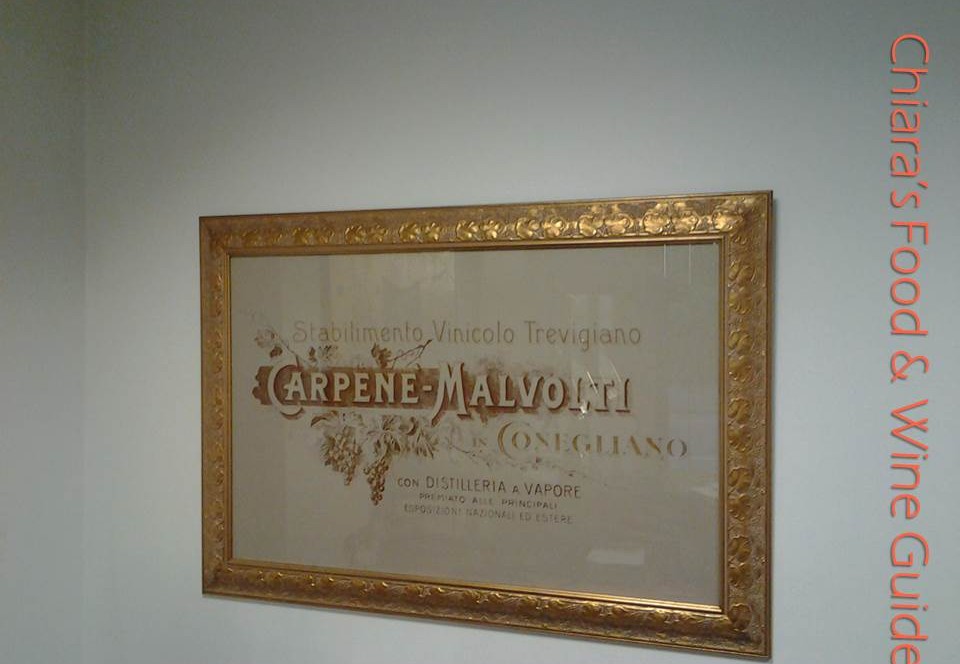

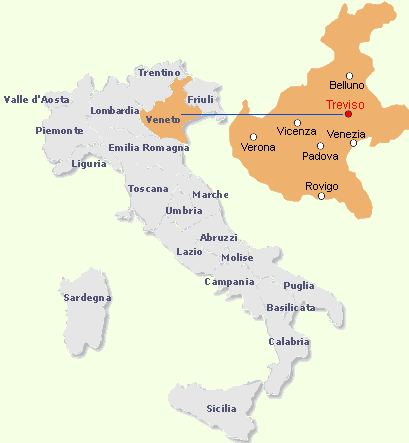
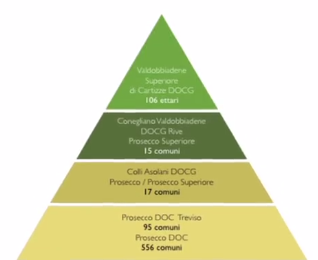
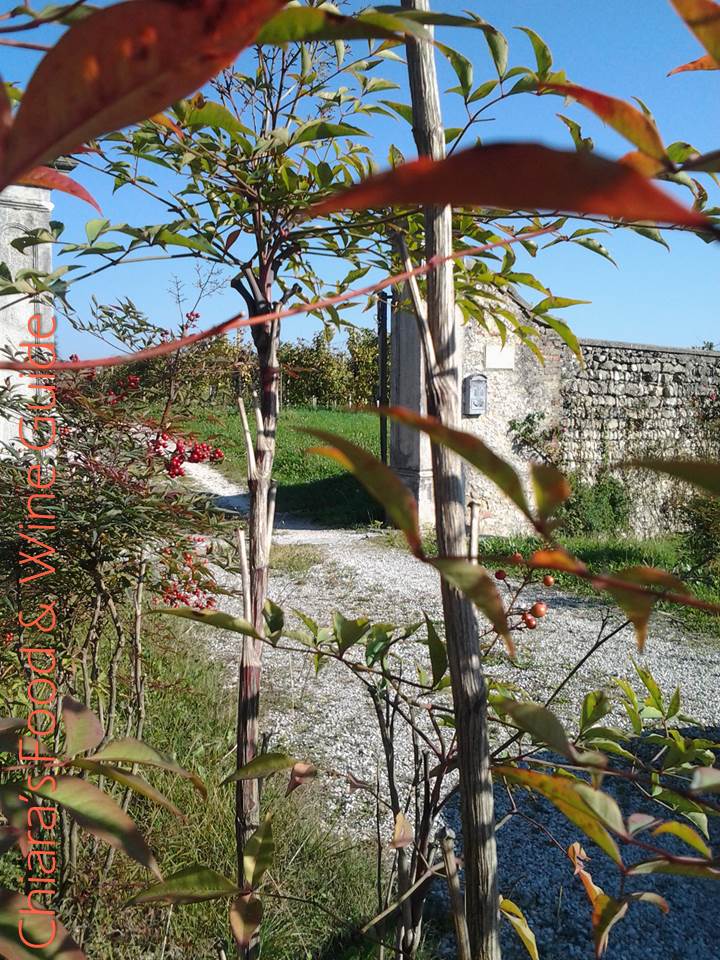
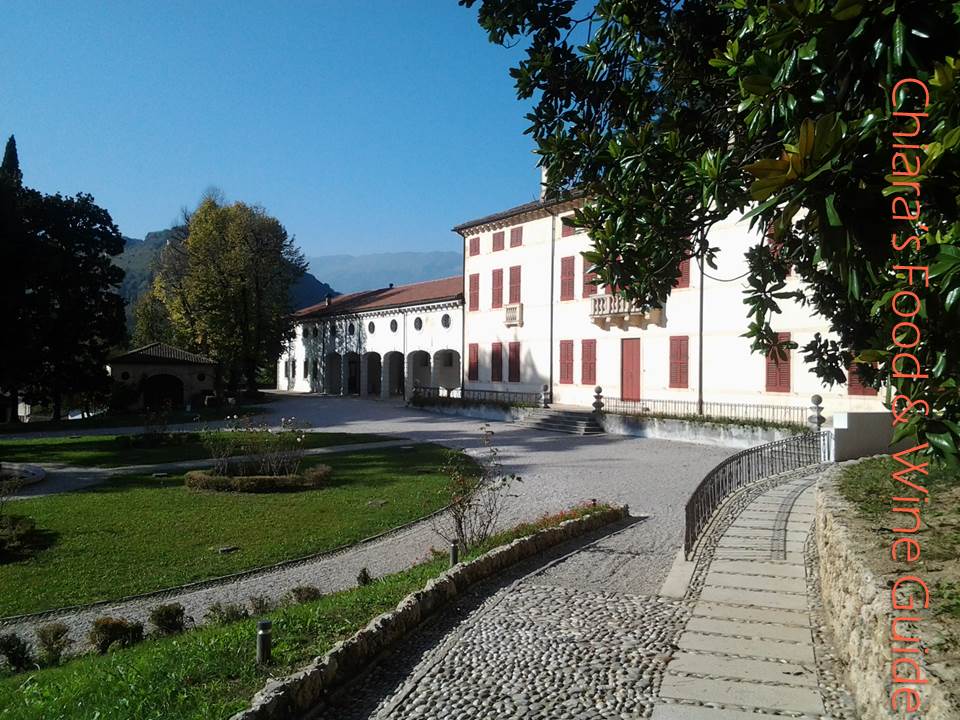
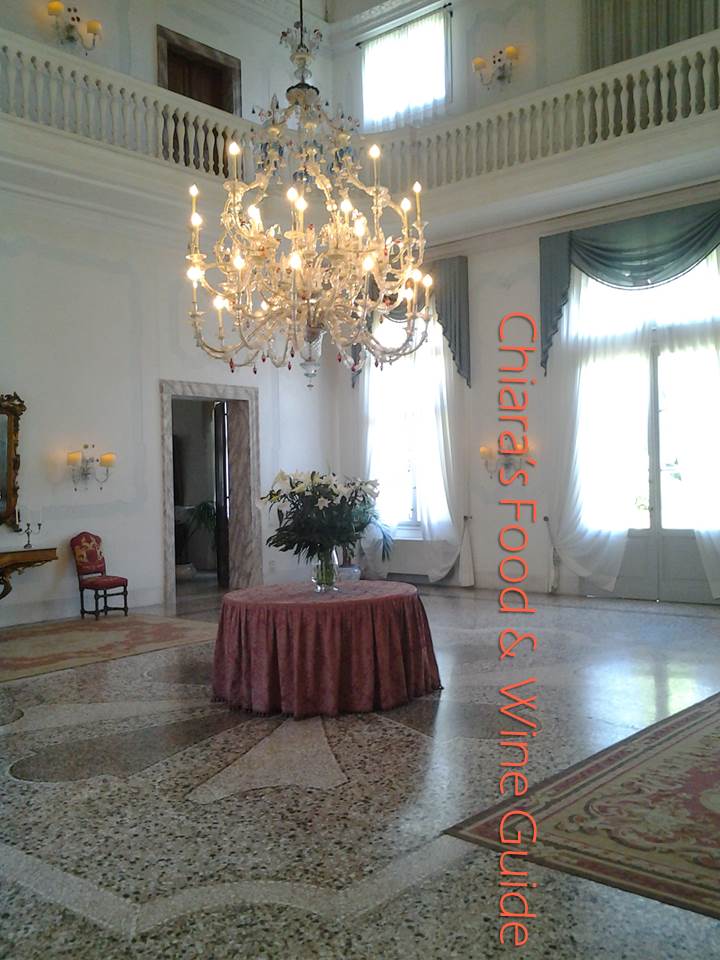
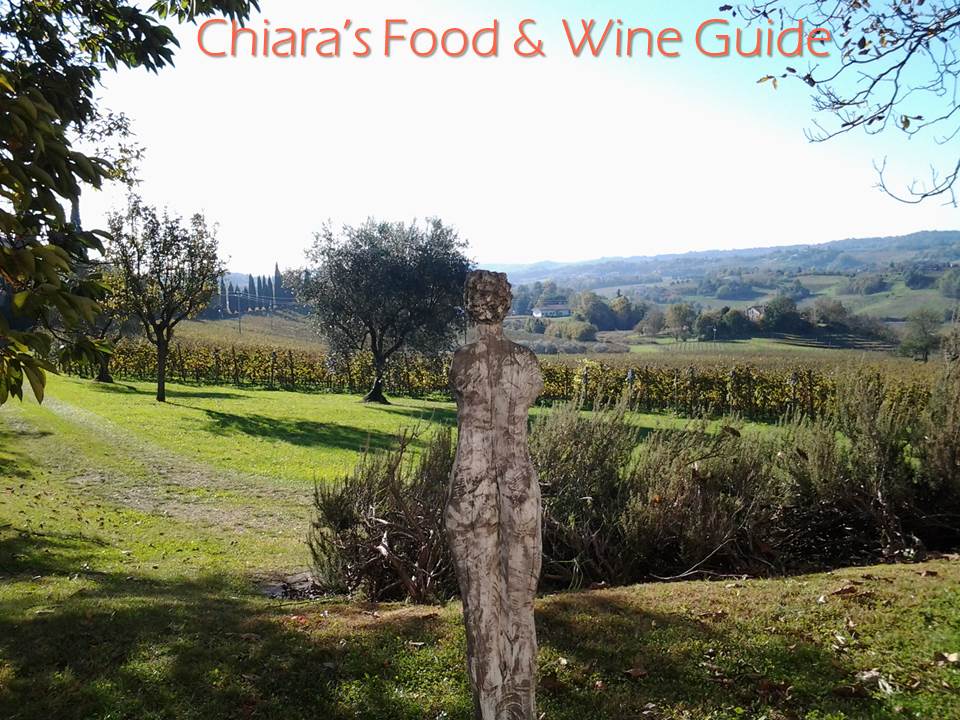
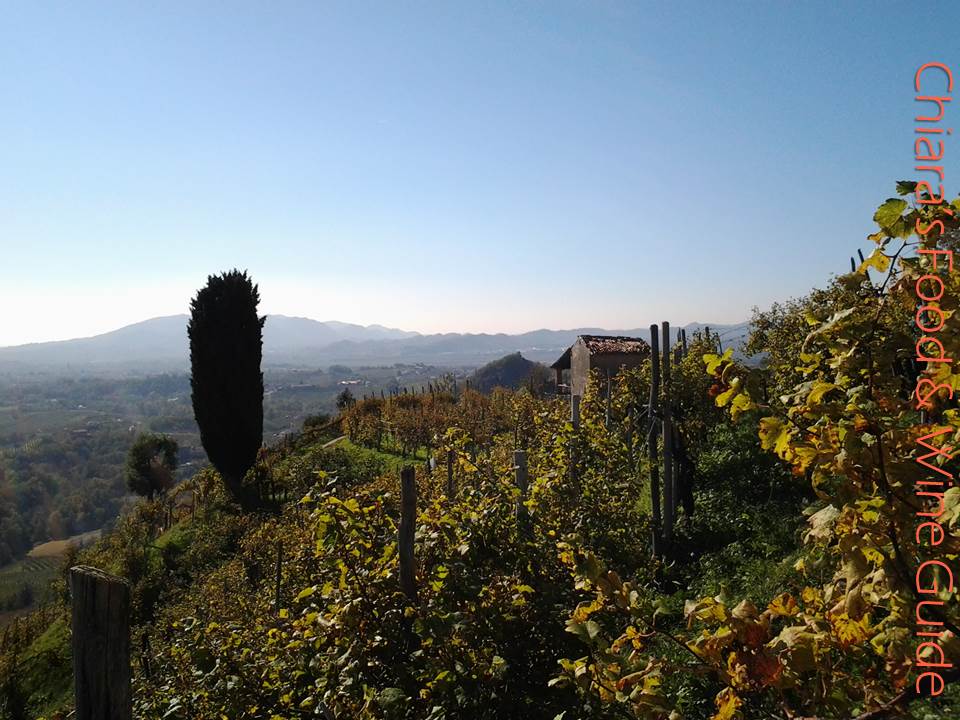
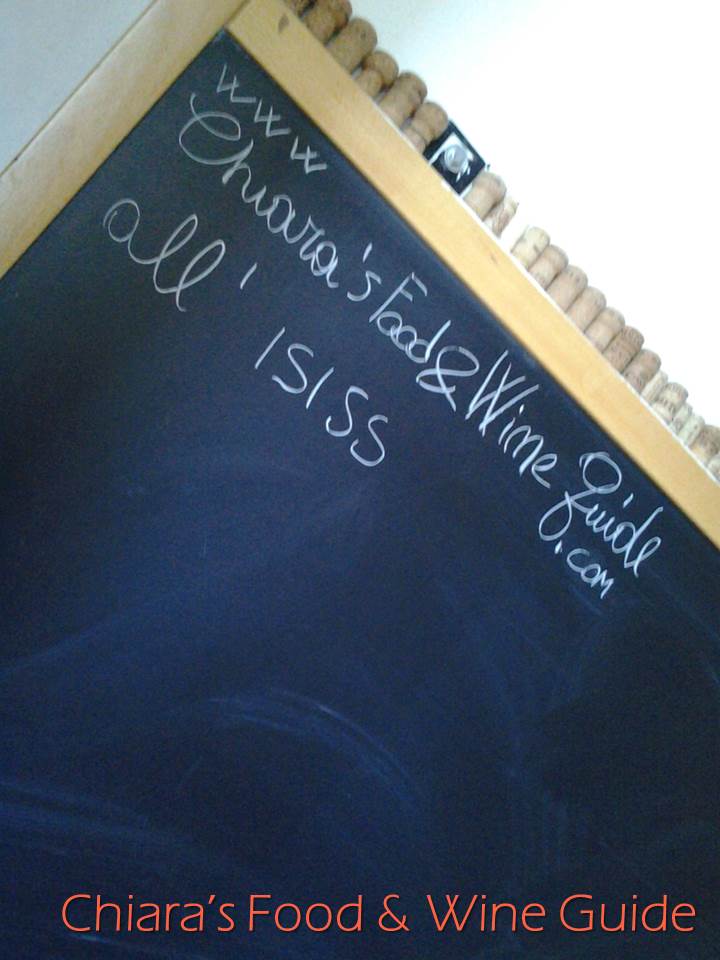
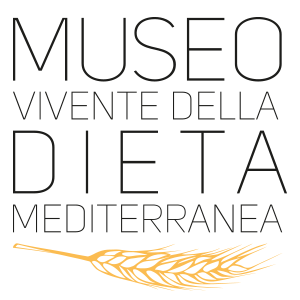
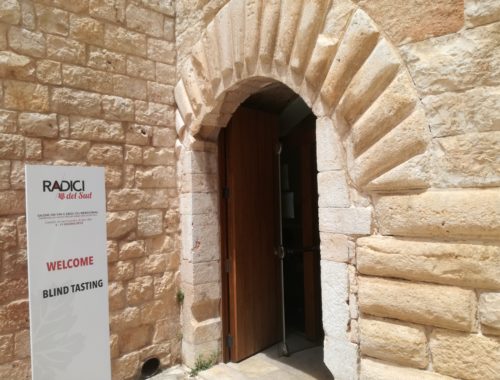





[…] produced by Classic Method according to the specifications created in 2011 by Veneto Region, where Prosecco with its Charmat method is more popular, […]